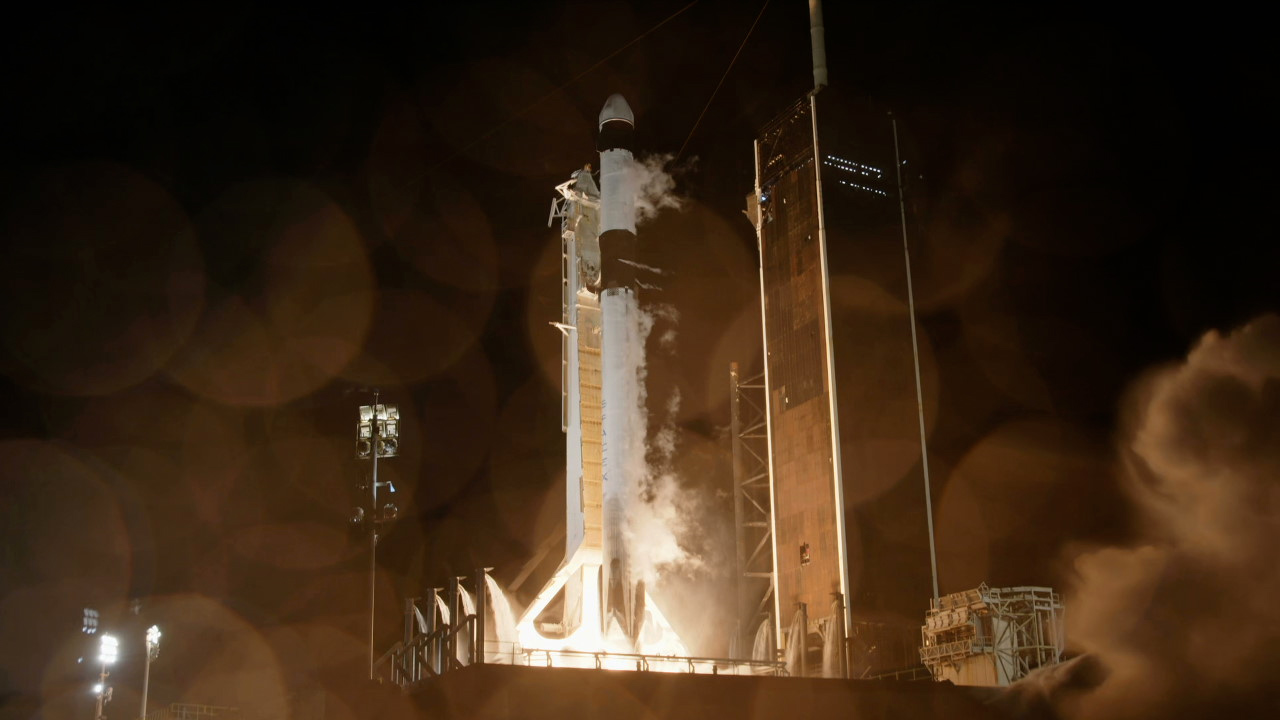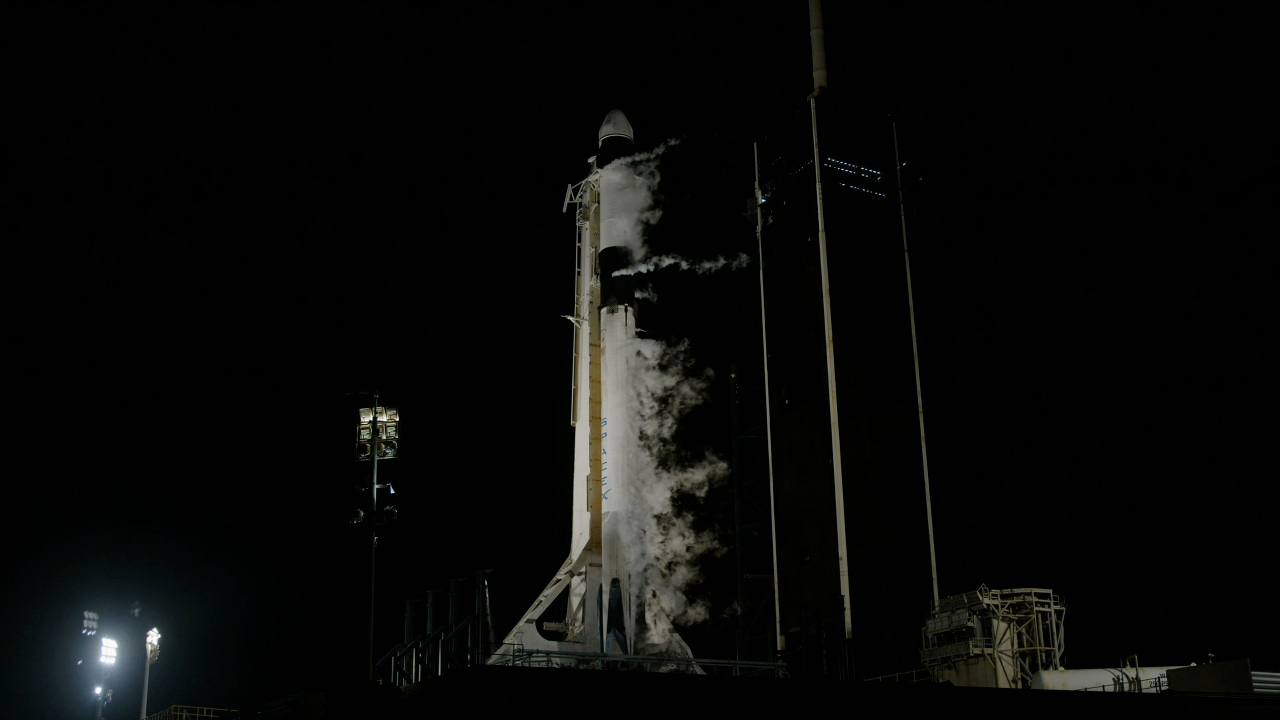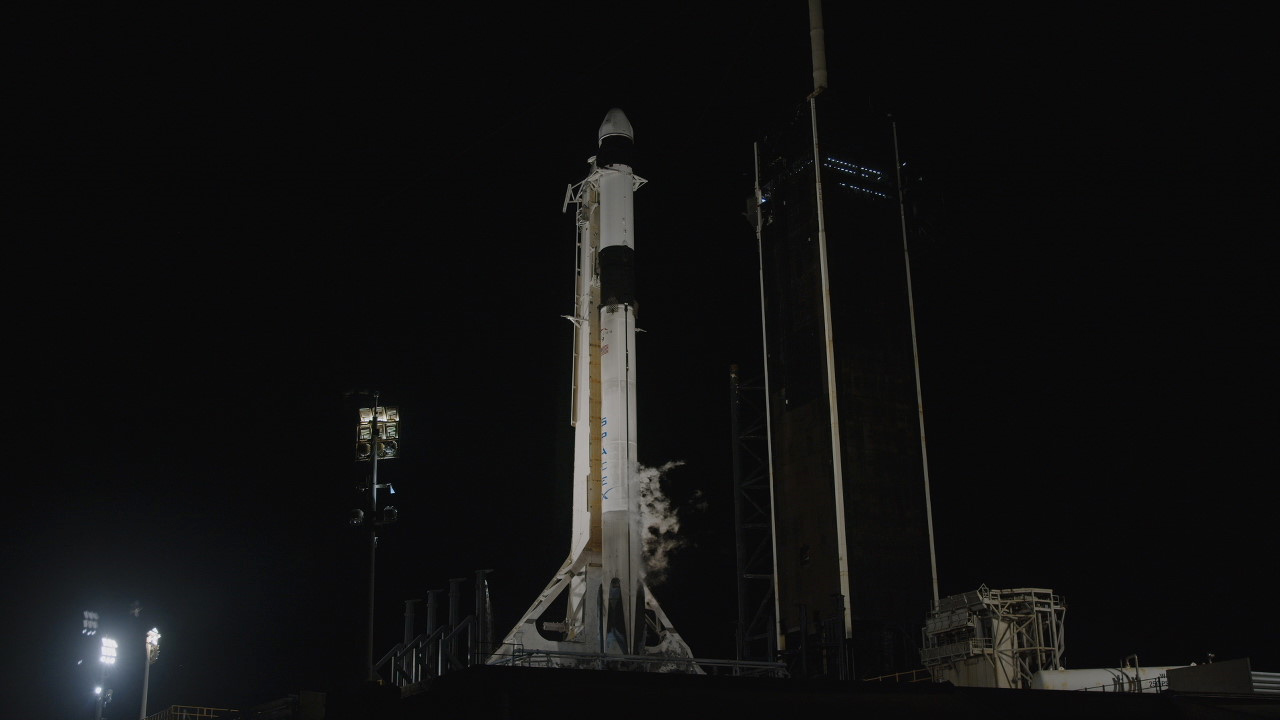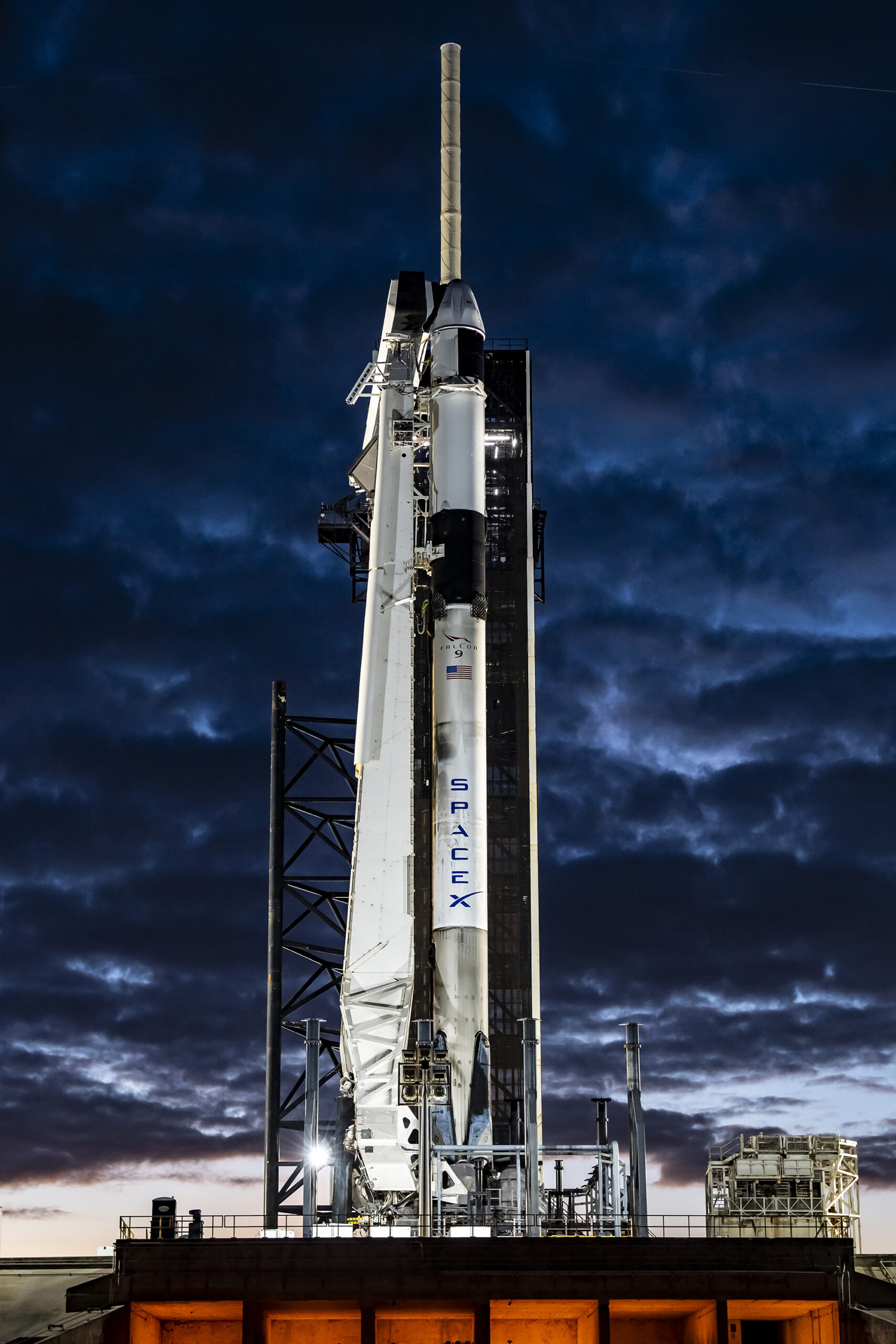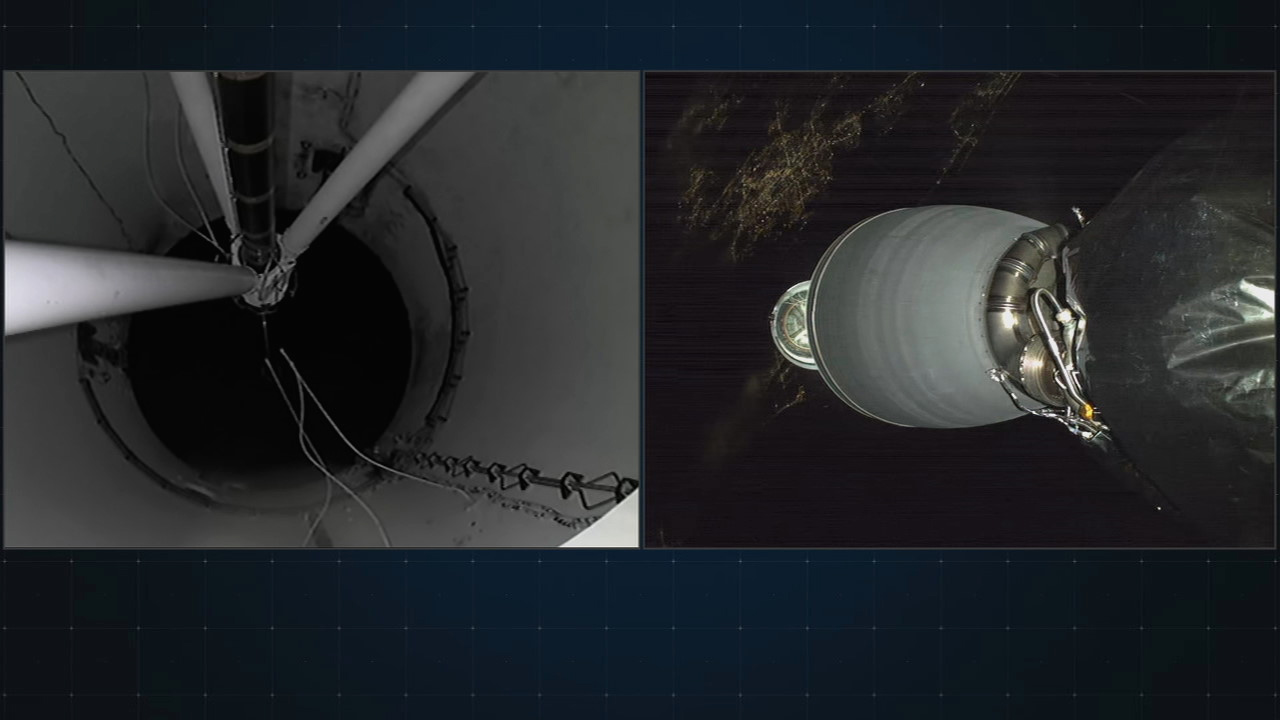
SpaceX’s Dragon spacecraft – carrying about 6,500 pounds of critical science, hardware, and crew supplies – is on its way to the International Space Station following a successful launch from NASA’s Kennedy Space Center in Florida. The company’s Falcon 9 rocket lifted off from Launch Complex 39A at 8:28 p.m. EST Thursday, Nov. 9, on SpaceX’s 29th resupply services mission for NASA to the orbiting laboratory.
The mission marks the ninth flight on the Commercial Resupply Services-2 SpaceX contract and the second flight of this Dragon, which previously flew on NASA’s SpaceX 26th resupply services mission.
Dragon now is safely in orbit, and its solar arrays have deployed. A series of thruster firings will help Dragon reach the space station at approximately 5:20 a.m. on Saturday, Nov. 11. Upon its arrival, it will dock autonomously to the space-facing port of the station’s Harmony module, with NASA astronauts Jasmin Moghbeli and Loral O’Hara monitoring operations.
Live coverage of Dragon’s arrival will air on NASA TV, the NASA app, and the agency’s website beginning at 3:45 a.m. EST.
Dragon will remain at the space station for about one month until it returns to Earth with research and return cargo, splashing down off the coast of Florida. To stay updated on all station activities, follow @space_station and @ISS_Research on X, as well as the ISS Facebook and ISS Instagram accounts. Or follow along the station blog at: https://blogs.nasa.gov/spacestation/.

